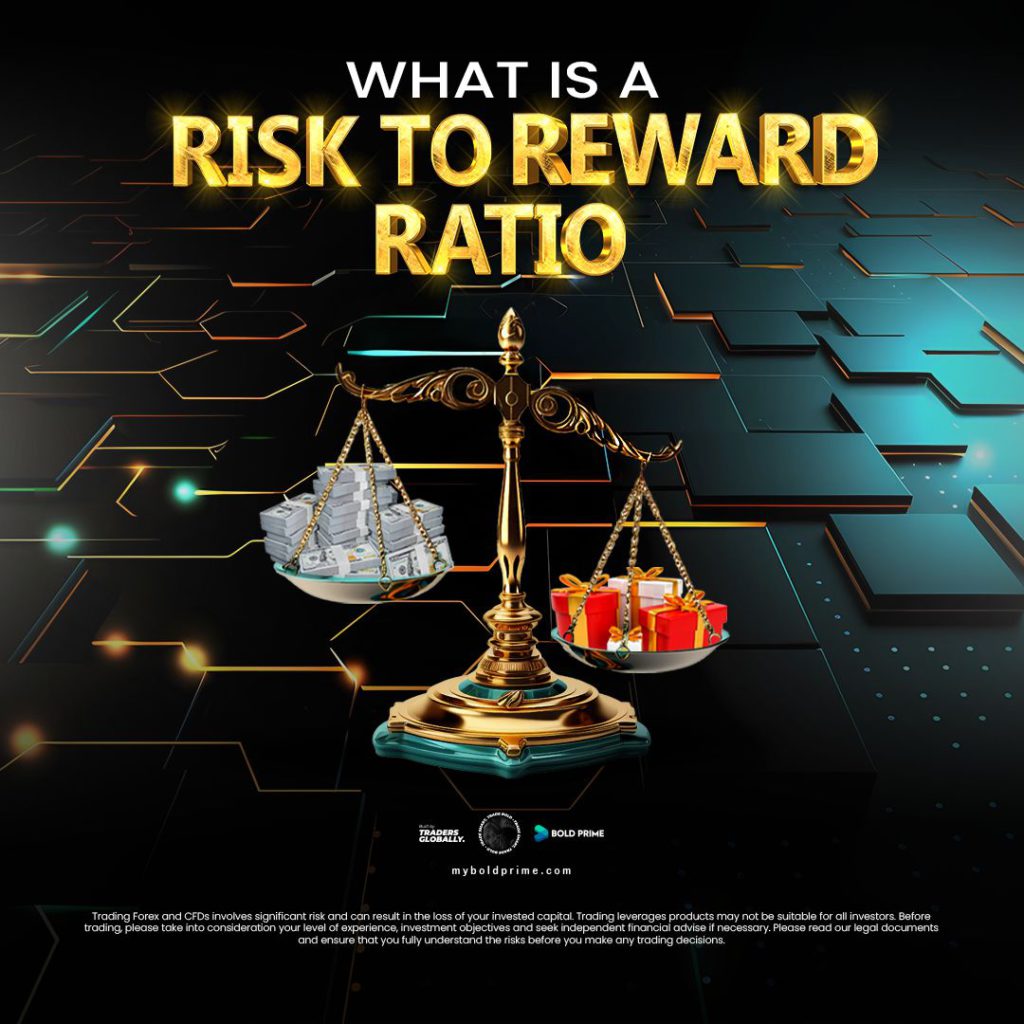The concept of Risk to Reward Ratio (RRR) and its pivotal role in trading, along with some practical insights and considerations.
The Essence of Risk to Reward Ratio:
At its core, the Risk to Reward Ratio is a fundamental risk management tool used by traders to assess the potential outcomes of a trade before they commit their capital. It’s essentially a way of quantifying the balance between the potential reward and the potential risk associated with a trade. By considering this ratio, traders aim to make more informed and strategic decisions.
The Mathematics Behind RRR:
Let’s expand on the mathematical aspect of RRR. A common way to express it is in the form of a ratio, such as 1:2, 1:3, or even 1:5. In these ratios, the first number represents the amount of capital at risk (the “risk” portion), while the second number represents the potential reward (the “reward” portion). For instance, a 1:2 RRR means that for every unit of capital you’re willing to risk, you expect to potentially gain two units if the trade goes in your favor.
Risk Management and Positive Expectancy:
Effective risk management is the bedrock of successful trading, and RRR plays a significant role in it. By employing a favorable RRR in your trading strategy, you create the conditions for a positive expectancy. Positive expectancy means that, over a series of trades, you anticipate making more money than you lose. This doesn’t guarantee that every trade will be a winner, but it does provide a framework for consistent profitability.
The Importance of Context:
While RRR is a valuable tool, it’s not a one-size-fits-all solution. The choice of an appropriate RRR should be based on various factors, including your trading style, risk tolerance, market conditions, and the specific strategy you’re employing. In some situations, a 1:2 RRR may be suitable, while in others, a more conservative 1:1 RRR might be preferred. Flexibility and adaptability are key to successful trading.
Embracing Uncertainty and Continuous Learning:
It’s important to acknowledge that trading involves inherent uncertainty. Market dynamics can change rapidly due to economic events, news releases, or unexpected developments. Even with a favorable RRR, losses can occur. Therefore, traders must be mentally prepared to manage both wins and losses and continuously refine their strategies.
Sharing Experiences and Insights:
Have you incorporated the Risk to Reward Ratio into your trading strategy? If so, sharing your experiences and insights can be incredibly valuable. By leaving a comment below, you can contribute to the collective knowledge of the trading community. Share how you determine your RRR, how it has impacted your decision-making process, and any lessons you’ve learned along the way. Your experiences can offer guidance and inspiration to traders at different stages of their journey.
In conclusion, the Risk to Reward Ratio is more than just a mathematical concept; it’s a cornerstone of prudent risk management in trading. It provides a framework for assessing and optimizing trades, helping traders navigate the complex and ever-changing landscape of financial markets. So, whether you’re a seasoned trader or just starting, understanding and effectively implementing RRR can significantly enhance your trading strategy and contribute to your long-term success.








































